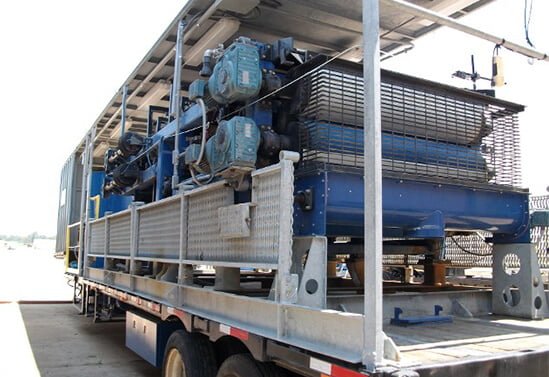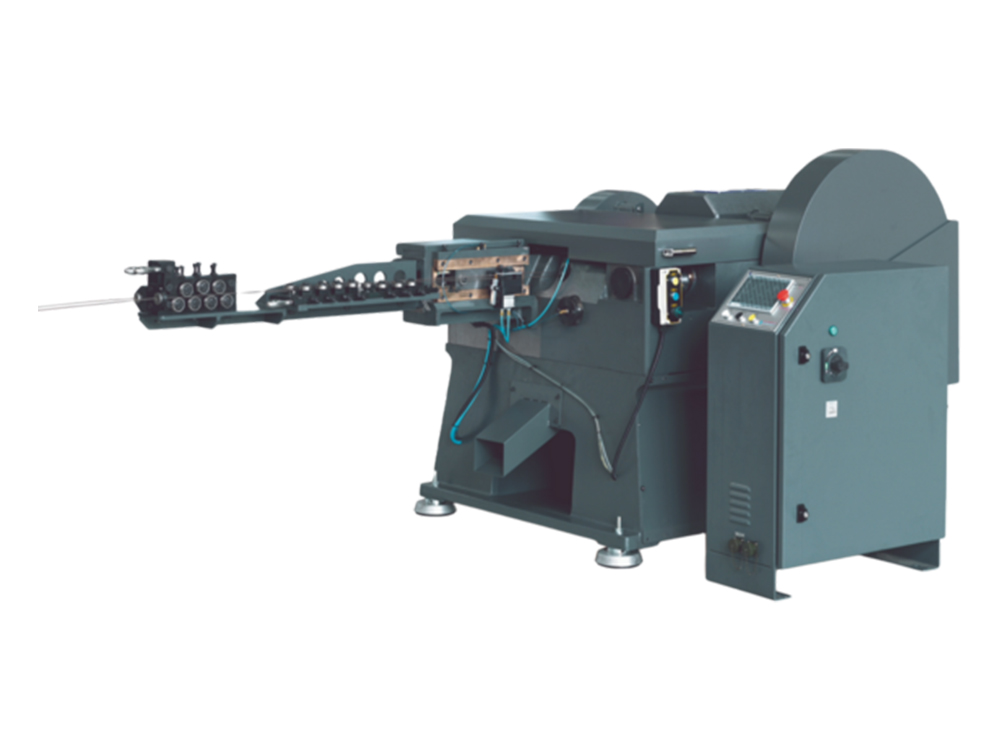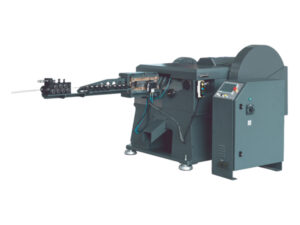Dewatering is a significant construction and mining process that often generates water that needs to be disposed of. It can include test pumping water or geotechnical water created by ground settling. In developed countries where there is an existing sewerage network that has adequate capacity, it may be possible to discharge the pumped water directly into this. It saves on both water usage and energy consumption.
Impact on Aquifers
In water resource management, mechanical dewatering is a cost-effective, scientifically viable alternative to traditional lagoons and other methods of residual treatment. However, selecting the right mechanical dewatering services depends on essential factors unique to each system, such as raw water characteristics, the quality and quantity of the generated residuals, and their ultimate disposition.
In plate and frame dehydrators, wastewater sludge is sent into the filter chamber with high-pressure pumps. The shear stress created by the winding of the press rolls and the press cloth causes water to be expressed out of the sludge. The sludge cake thickness and dewatering time vary according to the applied pressure.
Contamination
The process removes free and bound water when wastewater sludge is mechanically dewatered. Bound water is the sludge’s interstitial water that holds its shape within the sludge flocs, and it can be challenging to remove during mechanical dewatering processes.
Equipment and materials are required to achieve high solids content, including plate-and-frame presses, belt filter presses, centrifuges, and more. These machines apply pressure to separate sludge into solid and liquid parts, requiring much water and energy.
These mechanical dewatering techniques have significant environmental impacts because they can contaminate groundwater and surface water. The resuspension and releases during dewatering can carry pollutants into groundwater systems and cause contaminants to migrate from the sediments into surrounding areas. The pollution from contaminated sludge can also be carried downgradiently and into surface waters, which may pose human health risks and threaten the ecological integrity of the aquatic system.
Impact on Groundwater
A primary concern associated with dewatering is its impact on groundwater. Sometimes, pumped water is discharged to the ground via drainage trenches or infiltration ponds. It is known as artificial recharge. Pumped water can cause contamination of nearby groundwater if it is discharged at an inappropriate rate. Depending on the location of a site, this could be due to hydraulic gradients that draw polluted groundwater towards the pumped water or from nearby industrial sites.
Additionally, evaporation will occur if the pumped water is disposed of to the ground in an arid climate. It can be caused by mechanical evaporators (such as banks of fans that blow air to the surface of water-filled ponds) and by seepage from the base of the ponds. It can significantly reduce the water quality of pumped water. The resulting reduced solids concentration can lead to lower TS, VS, and Ash values. As a result, the water may be unsuitable for reuse or disposal.
Impact on Surface Water
There are three types of water pollutants: pathogenic organisms, oxygen-demanding wastes (such as sewage), plant nutrients, synthetic organic chemicals, microplastics, sediment from eroded topsoil, and heat. Each can cause different environmental impacts, and each has its unique sources. Environmental dredging can reduce ecological and human health risks by removing contamination from near-surface sediments. It also reduces the potential for contamination to be resuspended by natural erosive processes and transferred to other areas.
In addition to correctly identifying the right mechanical dewatering equipment, estimating the amount of solids generated during operation is essential. It will influence the size of the treatment system, and it will be necessary to identify the ultimate disposal site for the residuals. It can be accomplished by comparing alternatives such as land spreading, composting, incineration, and landfilling of the solids. By doing this, water professionals can select the best option for their treatment system.

















